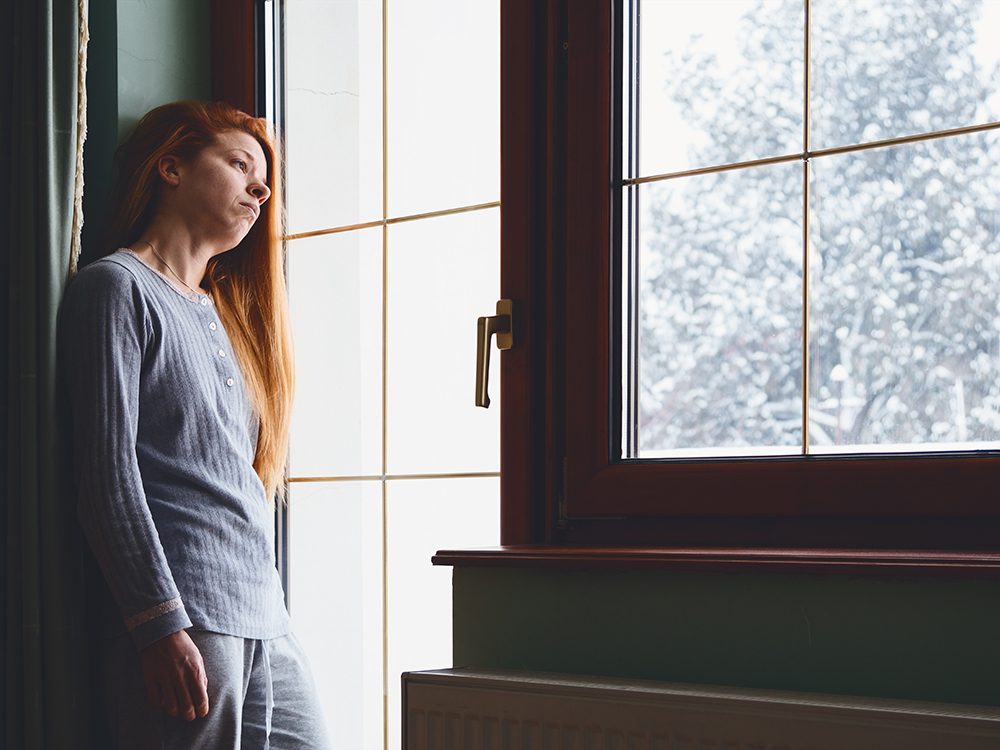
There’s more to SAD than sadness
To reach a diagnosis of seasonal affective disorder (SAD), you need to suffer from seasonal depression for at least two years running, according to psychiatrist Jerry Halverson, MD. You may also find yourself sleeping longer hours and craving high-carbohydrate comfort foods. One distinction: Up to 70 per cent of people with regular depression will feel worse during the winter months; however, people with SAD often feel fine the rest of the year.
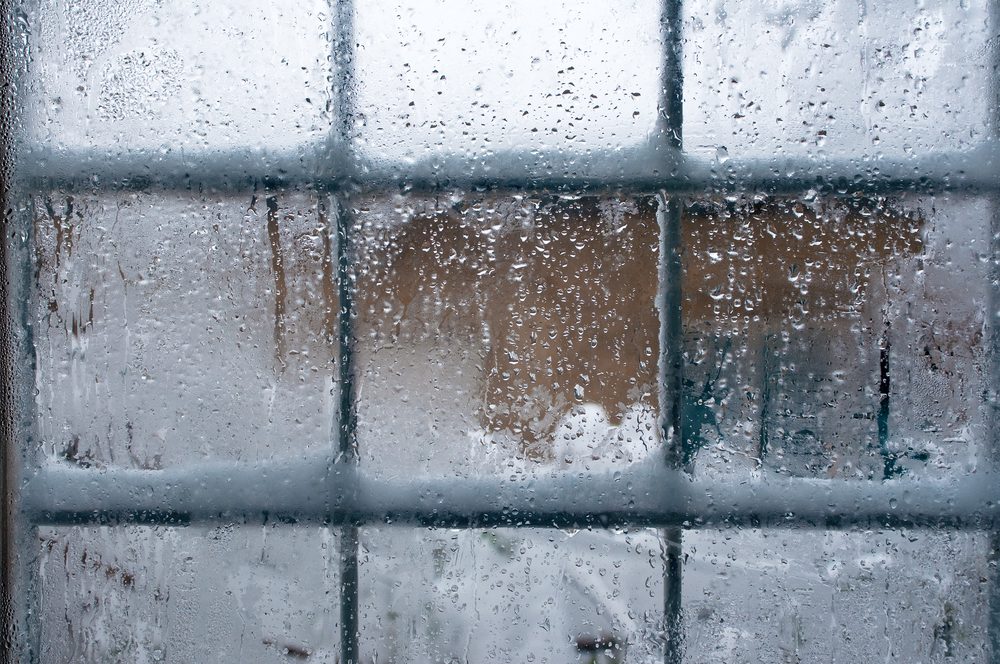
It’s way more common than you realize
About four to six per cent of people suffer from a severe version of this depression, according to the American Academy of Family Physicians; another 10 to 20 per cent will experience a milder form of SAD. Women are four times as likely as men to suffer the conditions, and it most commonly hits people in their 20s. You’ll be happy to hear that the risk decreases as you age.
Learn to spot the signs of high-functioning depression.
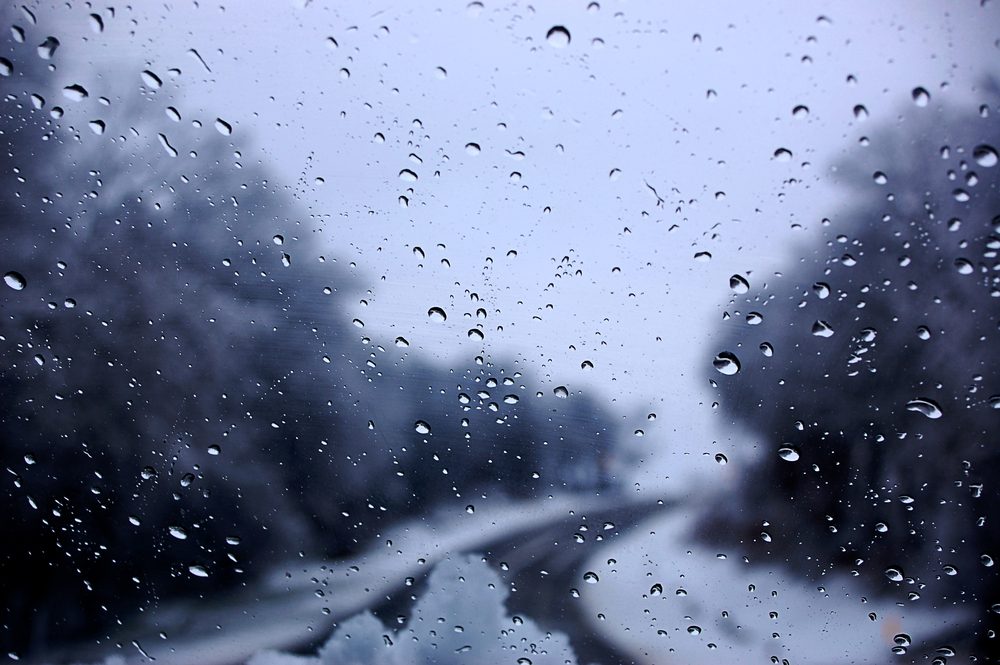
Don’t let the weather get the best of you
You don’t have to get a diagnosis to catch the blues from a season—just about everyone feels a little down in cold weather, points out New York psychologist Lisa Moses, PsyD. She recommends looking for solutions in advance of the bad weather: Consider adopting outdoor activities like snowshoeing, cross-country skiing, or ice skating to help counteract the mood-dampening effects of the long nights and darker days.
Here’s the scientific reason winter is prime heart attack season, too.

SAD may be rhythm-related
If you go to and from work in the dark and spend your days indoors, your internal clock—known as your circadian rhythm—gets thrown out of whack. (Sunlight helps to reset it daily.) This can disrupt the natural ebb and flow of crucial hormones related to mood and sleep and leave you at greater risk of SAD.
This is what could happen when you start meditating every day.
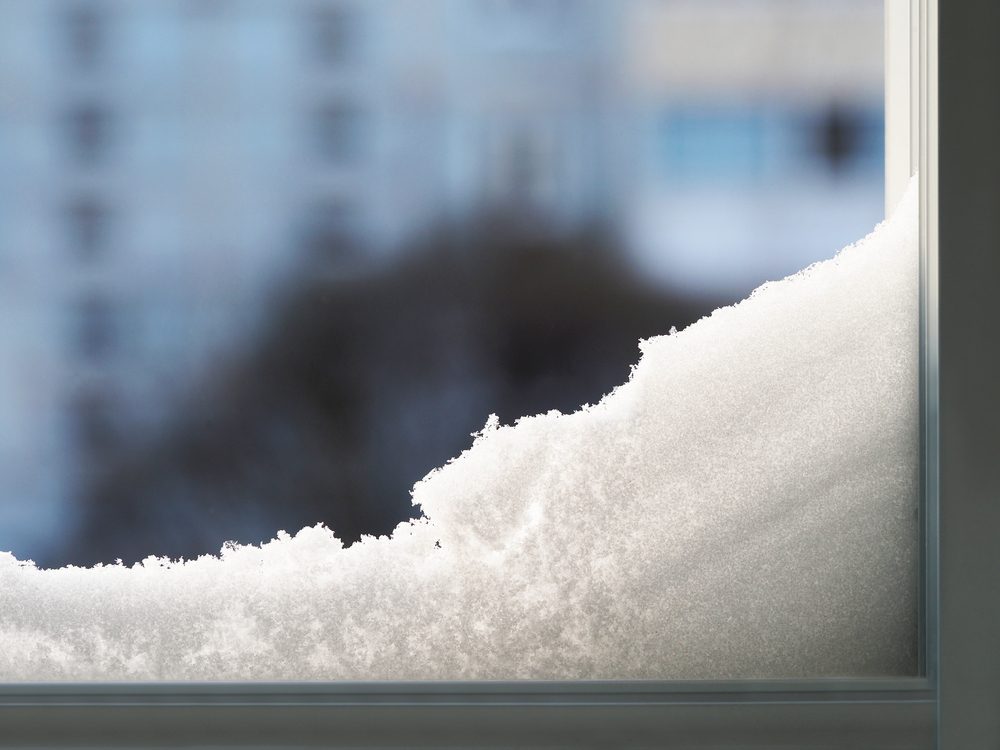
Talk therapy offers long-term protection
The research makes clear that cognitive behavior therapy (CBT) can help people with the symptoms of SAD. A study published in the American Journal of Psychiatry found that SAD sufferers who got a six-week course of CBT were less likely to relapse the following two winters compared to people who depended on light therapy. While nearly half of light box users reported episodes of SAD during subsequent winters, only one in four CBT patients had relapses.
Here’s more expert advice on how to be happy.
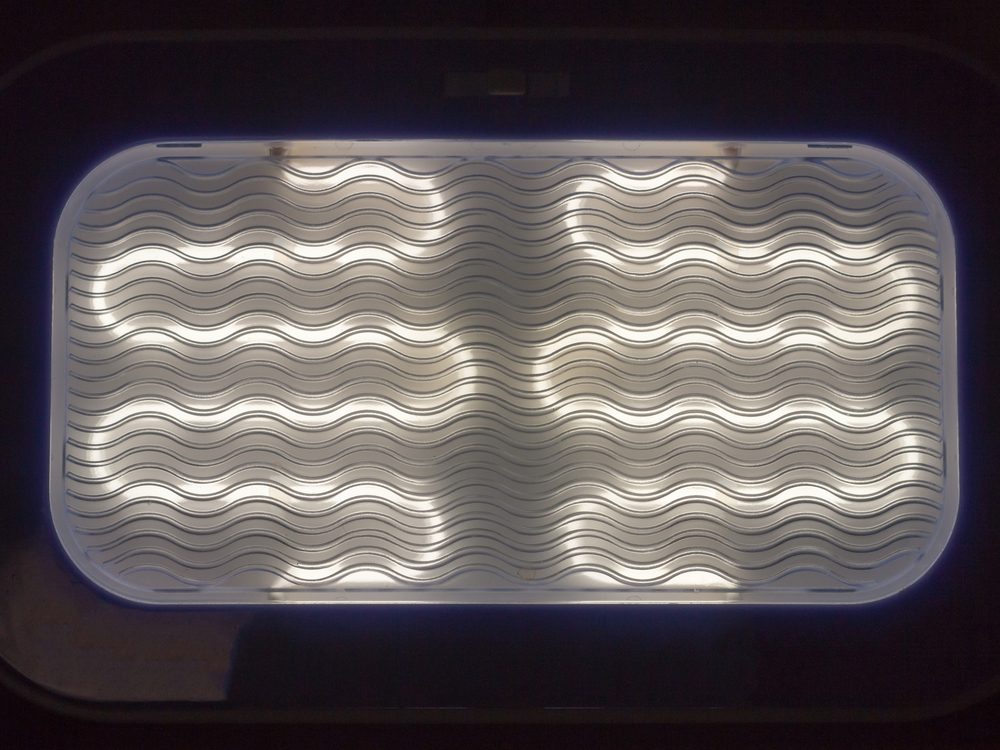
Use your light box the right way
If you decide to try light box therapy, first be sure you get one that provides an intensity of 10,000 lux that also emits as little UV as possible, advises the Mayo Clinic. Then carefully follow the recommendations—you’ll probably need to use it for 20 to 30 minutes a day, and within the first hour of rising in the morning.
Here are the signs you could use the help of a therapist.
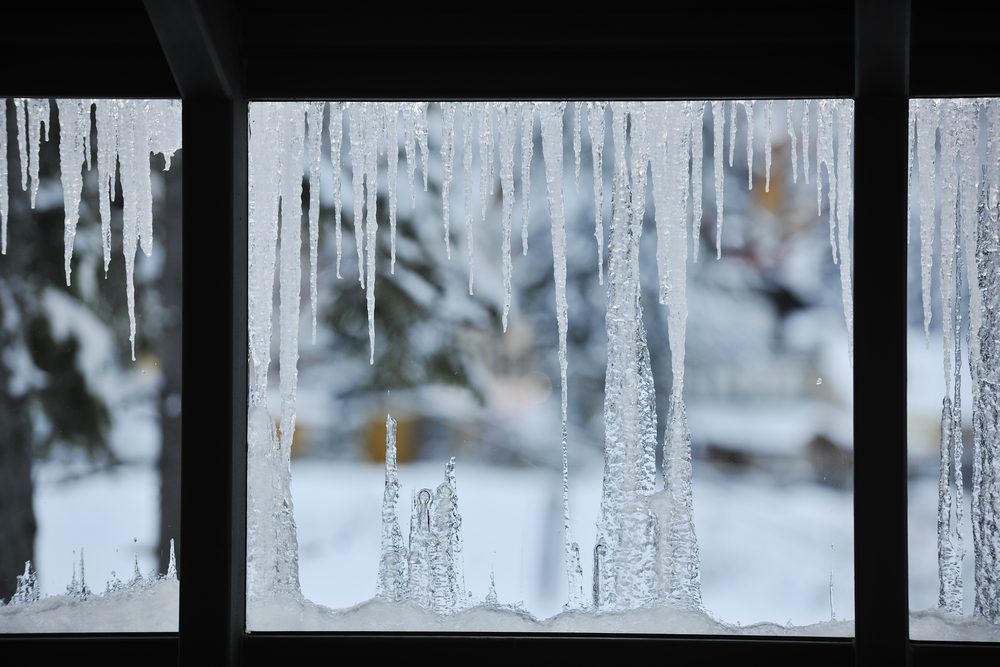
Preventing symptoms is easier than treating them
Talk to your therapist before the short days and bitter cold send you into a downward spiral. Come up with a prevention plan (in addition to a treatment plan) to keep your SAD at bay.
Find out why it’s actually healthy to feel a bit blue during COVID-19.
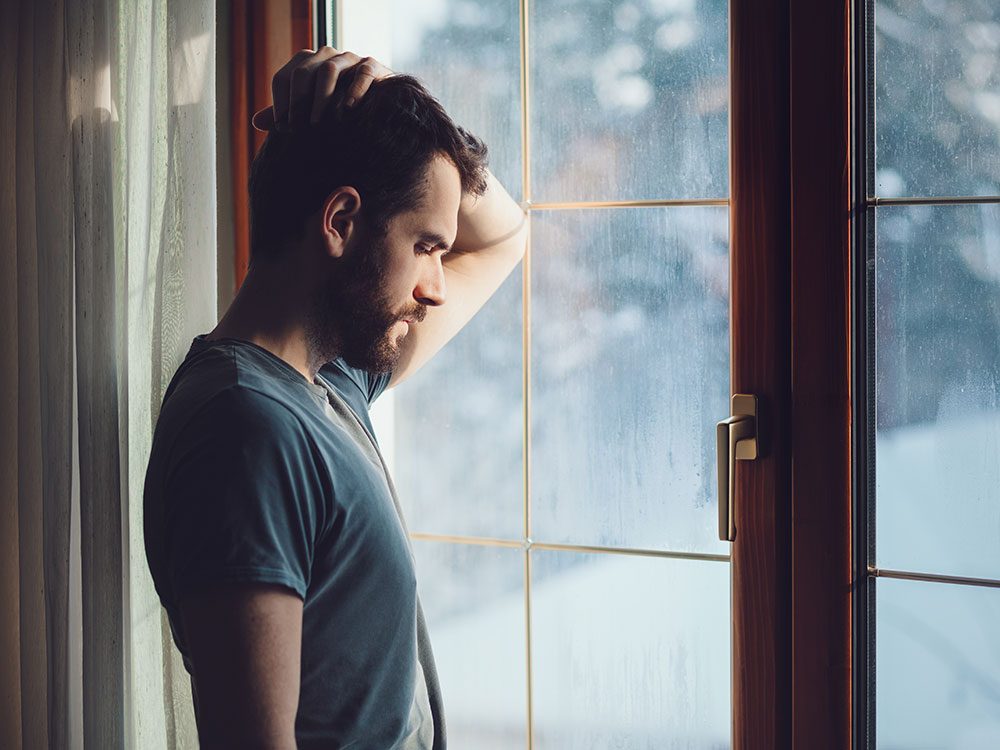
Just because it’s temporary doesn’t mean it’s not real
Therapist Emma Basch, PsyD, who is based in Washington, DC, wishes people would appreciate how significant and real SAD is for so many people: “Many of my clients have internalized the belief that SAD is not a real diagnosis and diminish their symptoms or blame themselves for what they are feeling.” She says that because people don’t take it seriously, they don’t take measures to prevent trouble. “It is far more effective to think ahead about ways to take care of yourself if you experience SAD… than to cope reactively when you are already suffering,” Basch explains.
Find out the things you should never say to someone who’s suffering from depression.
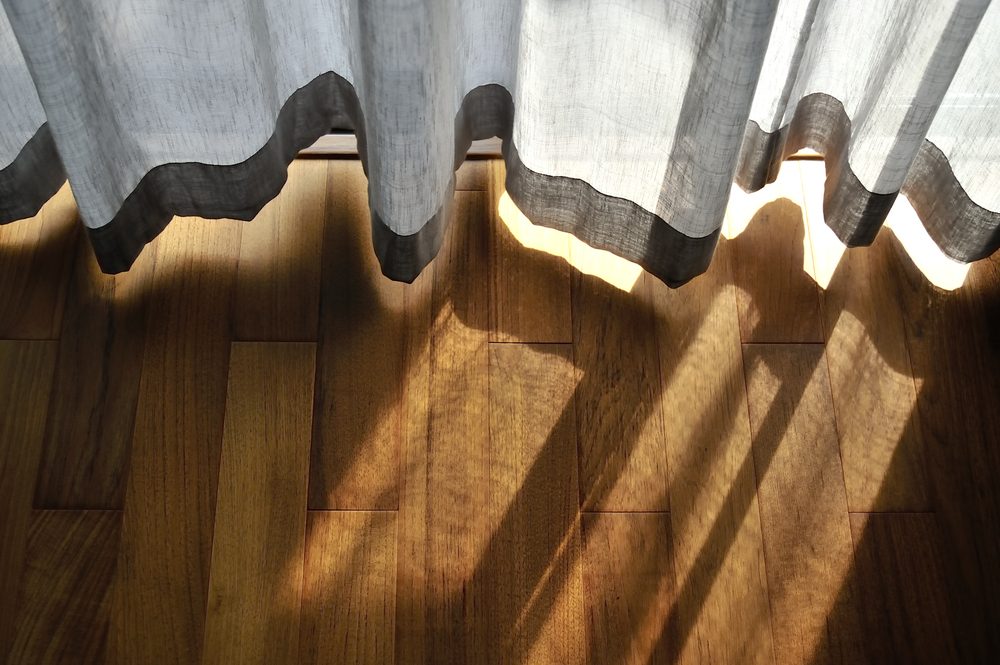
Summer SAD is a thing
What many people don’t realize is that SAD isn’t limited to winter, explains psychologist Laura Athey-Lloyd, PsyD. “Even when the weather is beautiful and warm, someone suffering from SAD may experience symptoms, including a lack of energy,” she says. Stay sensitive to how you’re feeling year-round, and don’t hesitate to seek help if your blues strike in August.
Discover 12 ways to help someone with depression.
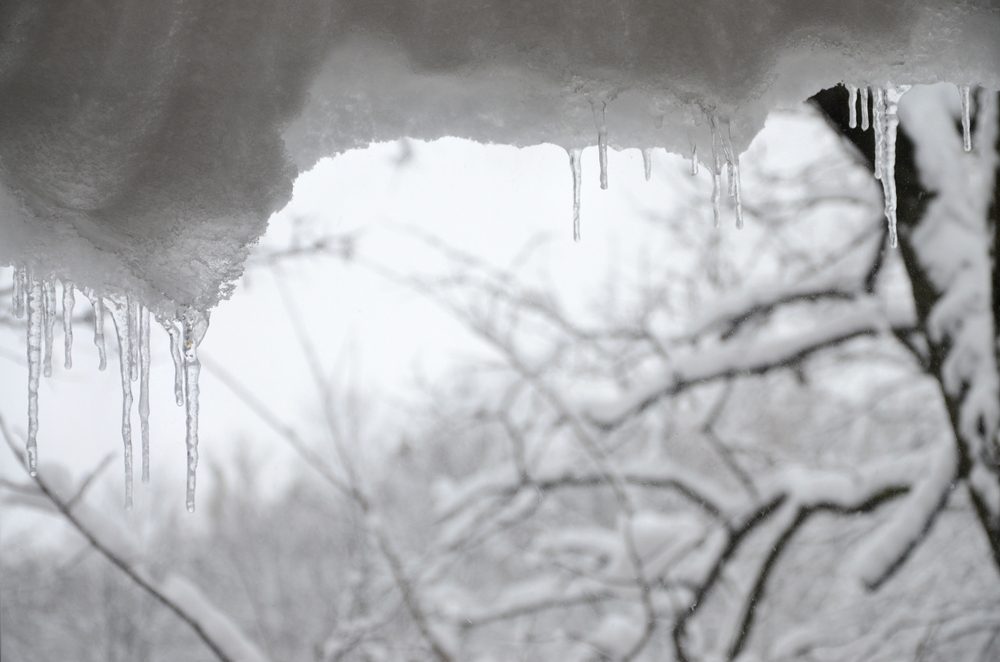
Keep your social calendar full
Living in lockdown conditions makes it challenging (if not impossible) to see friends and family, and the resulting sense of isolation can set the stage for seasonal depression. Foster those close relationships by making time for Zoom calls, phone chats and socially-distanced (and warmly-dressed!) backyard visits.
These depression quotes capture exactly what you’re feeling.

Make plans
I often advise my clients to schedule something fun for each month of winter so they always have something to look forward to. Embrace the fun side of the cold—sitting by a fire, enjoying the holidays, playing in the snow, and so on. That will help keep you from focusing on the negative.
Find out more ways to banish seasonal affective disorder.